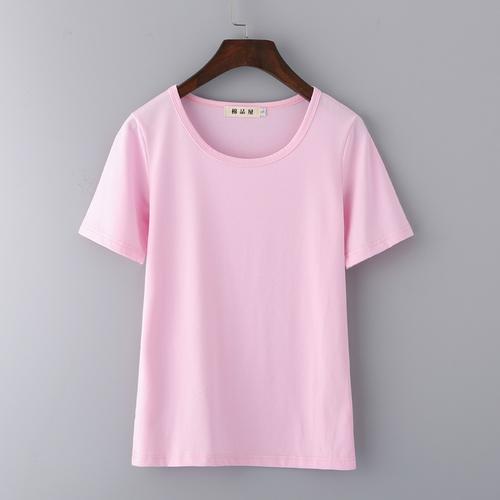Choosing antibacterial and anti-odor fabrics is very important to ensure the hygiene and comfort of clothing. Here are some ways to understand the characteristics of antibacterial and deodorant fabrics and choose them:
1. Antibacterial properties: Antibacterial fabrics have the property of resisting bacterial reproduction and can effectively reduce bacteria breed and colonize. When choosing antibacterial fabrics, you can check the product label or related information to confirm whether the fabric has antibacterial functions. Common antibacterial fabric materials include silver ion fiber, nano-copper, etc.
2. Anti-odor performance: Anti-odor fabric can effectively prevent the growth of sweat and body odor. A fabric’s odor-resistant properties depend on how it’s constructed and treated. Some fabrics have deodorants added to them that absorb odors and block the growth of bacteria. It’s important when choosing odor-resistant fabrics to make sure their odor-resistant properties are long-lasting.
3. Moisture wicking performance: The moisture wicking performance of the fabric is critical to maintaining a comfortable and dry wearing experience. High-quality antibacterial and deodorant fabrics should have good hygroscopic properties, be able to quickly absorb and disperse body surface moisture, and dry quickly. Common moisture-wicking fabric materials include polyester, nylon, etc.
4. Respiratory performance: When choosing antibacterial and deodorant fabrics, you also need to consider its breathability. High-quality fabrics should have good breathability, allowing air to flow, maintaining ventilation inside the clothing, and reducing moisture and discomfort. Natural fiber materials such as cotton and bamboo generally breathe well.
5. Comfort and durability: In addition to antibacterial and anti-odor functions, the comfort and durability of the fabric are also important factors in selection. Comfort includes the softness, touch, and non-allergenic properties of fabrics. Durability refers to the strength of the fabric and its resistance to wear or deformation under long-term use. Understanding the material, treatment and brand reputation of a fabric can help determine its comfort and durability.
6. Cleaning and maintenance: When choosing antibacterial and deodorant fabrics, you should also consider the ease of cleaning and maintenance. Some fabrics may require special cleaning methods or precautions, which will affect long-term use and maintenance.
When choosing antibacterial and deodorant fabrics, understand the antibacterial properties, deodorant properties, moisture wicking properties, respiratory properties, comfort, durability and cleaning properties of the fabrics. Features such as maintenance requirements allow for more accurate selection. Given the many brands and types of antibacterial and anti-odor fabrics on the market, it is recommended to make trade-offs based on personal needs and budget, and choose trustworthy brands and manufacturers.








